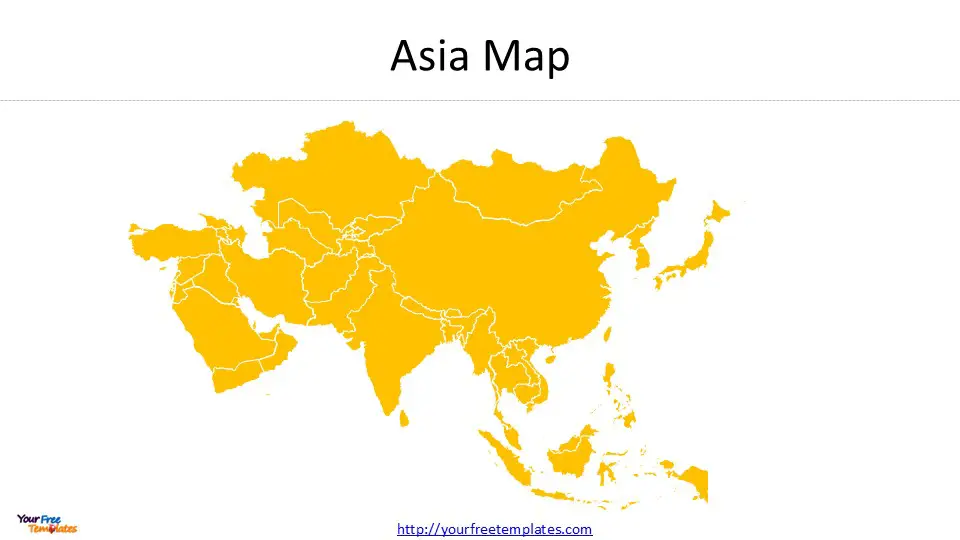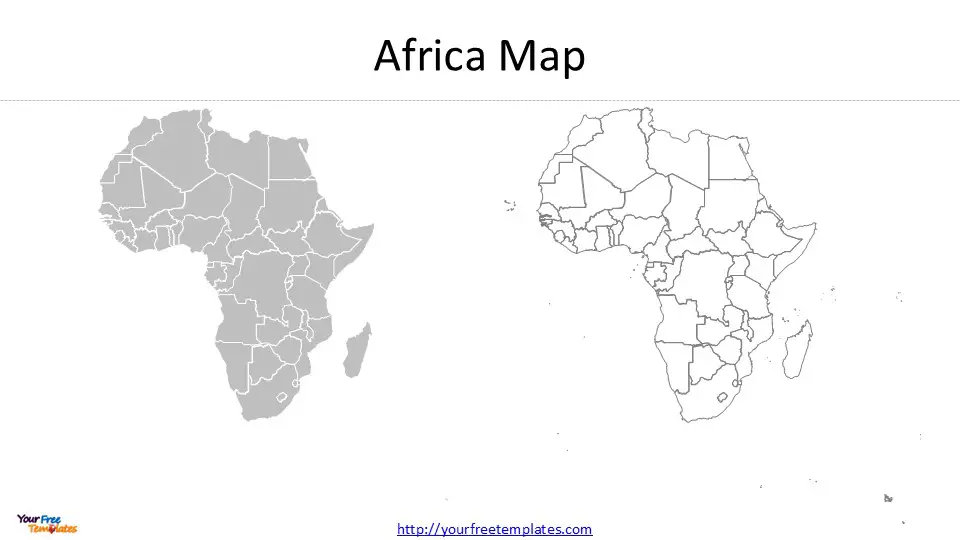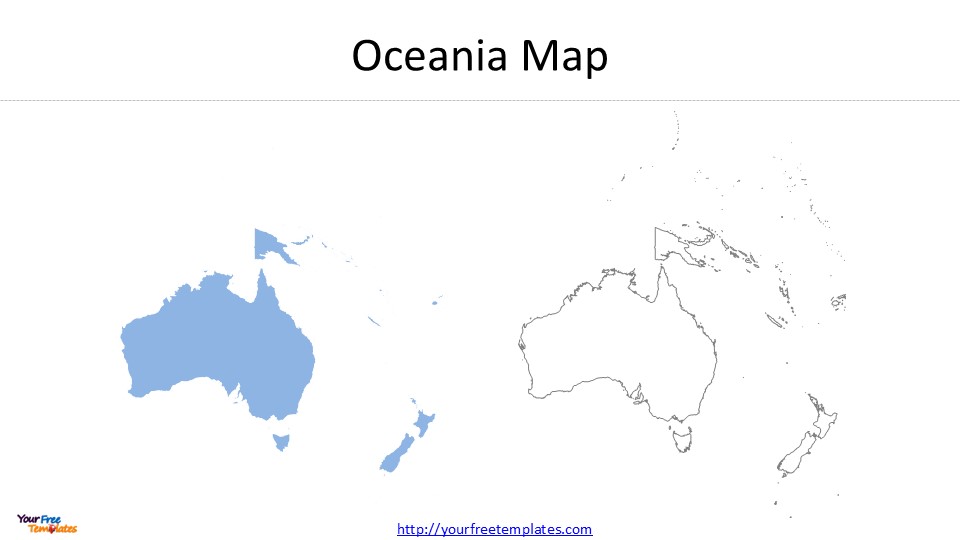Asia: The World’s Largest Region

Asia takes up the eastern four-fifths of the Eurasian landmass. The continent spans about 44 million square kilometers, which is 30% of Earth’s total land area. Today, it’s home to 4.7 billion people – that’s about 60% of everyone on Earth.
East and Southeast Asian Nations
East Asia has eight distinct territories: China, Mongolia, North Korea, South Korea, Japan, Hong Kong, Taiwan, and Macau. This region’s population is huge at 1.69 billion people, making up 22% of the world’s population. Southeast Asia spreads across 2.79 million square kilometers, and ten nations make up the Association of Southeast Asian Nations (ASEAN). The main countries here are Indonesia, Thailand, Vietnam, and the Philippines. ASEAN has grown to become the United States’ fourth-largest trading partner, and its combined GDP is now over USD 2.90 trillion.
South and Central Asian Countries
South Asia centers around the Indian subcontinent and has Afghanistan, Bangladesh, Bhutan, India, Iran, Maldives, Nepal, Pakistan, and Sri Lanka. The region covers 3.21 million square kilometers and is home to about 1.99 billion people. Central Asia came into being after the Soviet Union broke up in 1991. It has five countries: Kazakhstan, Kyrgyzstan, Tajikistan, Turkmenistan, and Uzbekistan.
Middle Eastern States
The Middle East sits in western Asia and reaches into parts of northern Africa and southeastern Europe. Saudi Arabia is the largest country here at 800,000 square miles, followed by Iran at 580,000 square miles. Bahrain is much smaller at just 295 square miles. The region’s climate varies from Mediterranean coastlines to huge deserts. The Syrian Desert runs through Jordan, Iraq, and Saudi Arabia, making it one of the region’s most striking features.
Asia’s diversity goes way beyond its geography. The continent gave birth to all major world religions – Buddhism, Christianity, Hinduism, Islam, and Judaism. You’ll find hundreds of languages and ethnic groups here. Arabic stands out as the most common language in the Middle East, and it’s the only official language in eleven countries.
| Region | Area (sq km) | Population |
|---|---|---|
| East Asia | 7,356,459 | 1.69 billion |
| Southeast Asia | 2,792,406 | 684 million |
| South Asia | 3,218,688 | 1.99 billion |
Africa: The Second Largest Continent

Africa covers one-fifth of Earth’s total land surface. This massive continent has unique geographical features and abundant natural resources. It stretches across 30.3 million square kilometers and is home to nearly 1.4 billion people as of 2021.
North African Nations
The northern region of Africa runs from Western Sahara’s Atlantic shores to Egypt’s Red Sea coast. This area has Algeria, Egypt, Libya, Morocco, Tunisia, and Western Sahara. The United Nations adds Sudan to this list in their definition. These countries share deep genetic, ethnic, cultural, and linguistic ties with the Middle East. These connections date back to the Neolithic Revolution around 10,000 BC.
Sub-Saharan African Countries
Sub-Saharan Africa has 46 to 48 countries, based on different organizational definitions. The region splits into four main areas:
| Region | Key Characteristics |
|---|---|
| West Africa | 16 countries, strong economic growth |
| East Africa | 18 countries, most populous region |
| Central Africa | 9 countries, vast rainforests |
| Southern Africa | 6 countries, smallest subregion |
Sub-Saharan Africa’s economic activities continue to grow. Projections show 3% growth in 2024](https://www.worldbank.org/en/region/afr/overview), rising to 4% in 2025-26. East Africa’s growth should climb from 1.7% to 2.2% in 2024, while West Africa expects an increase from 3.3% to 3.9%.
African Regional Organizations
The African Union recognizes eight Regional Economic Communities (RECs) as its foundation. These organizations are:
- Arab Maghreb Union (UMA)
- Common Market for Eastern and Southern Africa (COMESA)
- East African Community (EAC)
- Economic Community of West African States (ECOWAS)
- Southern African Development Community (SADC)
The African Development Bank collaborates with these regional bodies to improve capacity building and regional integration. These organizations serve as building blocks for the African Economic Community, which started under the Abuja Treaty of 1991. The treaty wants to create an African Common Market by 2028 to boost continental economic integration.
Africa’s diversity goes beyond political boundaries. The continent has eight major physical regions: the Sahara, the Sahel, the Ethiopian Highlands, savannas, the Swahili Coast, rainforests, the African Great Lakes, and Southern Africa. This geographical variety supports many animal and plant communities, making Africa stand out on any world map.
Oceania: Pacific Nations and Islands

The Pacific realm covers thousands of islands scattered across the world’s largest ocean. Fifteen Pacific island countries and areas create an array of unique geographic features. This big expanse has three distinct ethnogeographic groupings: Melanesia, Micronesia, and Polynesia.
Australia and New Zealand
Australia and New Zealand have strong trans-Tasman bonds with extensive migration flows between them. Today, about 670,000 New Zealand citizens live in Australia, which makes up nearly 15% of New Zealand’s population. The Trans-Tasman Travel Arrangements of 1973 allows unrestricted movement between both nations. Their relationship goes beyond migration and includes defense cooperation, trade partnerships, and joint regional initiatives.
Pacific Island Nations
The Pacific islands show remarkable diversity across three main regions:
| Region | Key Nations | Characteristics |
|---|---|---|
| Melanesia | Fiji, Solomon Islands, Vanuatu | Larger landmasses, rich mineral resources |
| Micronesia | Palau, Marshall Islands, Kiribati | Primarily coral formations |
| Polynesia | Samoa, Tonga, French Polynesia | Mix of high mountains and coral atolls |
Without doubt, these nations face unique challenges. Their economies depend heavily on limited resources, and many people participate in subsistence agriculture. The total regional population stands at 6.6 million, with 35-45% under 14 years of age. Most countries maintain democratic governments while preserving their traditional social systems.
Regional Cooperation in Oceania
The Pacific Islands Forum (PIF) acts as the region’s main political grouping with 18 members. It became the main governing body for Oceania after its establishment in 1971. The Council of Regional Organizations of the Pacific (CROP) helps different regional bodies work together.
The Pacific Community (SPC) provides technical assistance and policy advice through four flagship programs that focus on:
- Climate Change
- Oceans
- Food Systems
- Gender Equality and Women’s Empowerment
Overseas development assistance remains substantial because of the region’s small populations and geographic isolation. Australia provides about 36% of the PIF Secretariat’s budget, showing its steadfast dedication to regional development.














